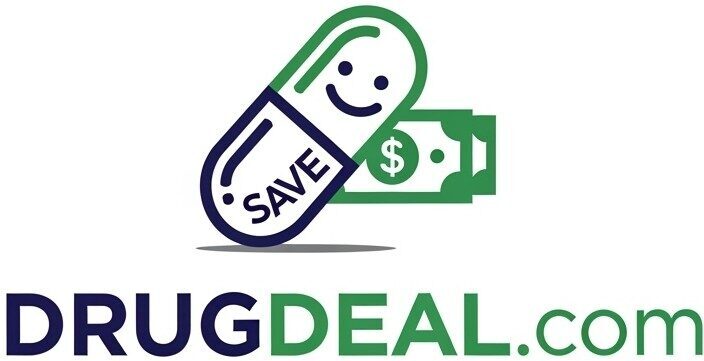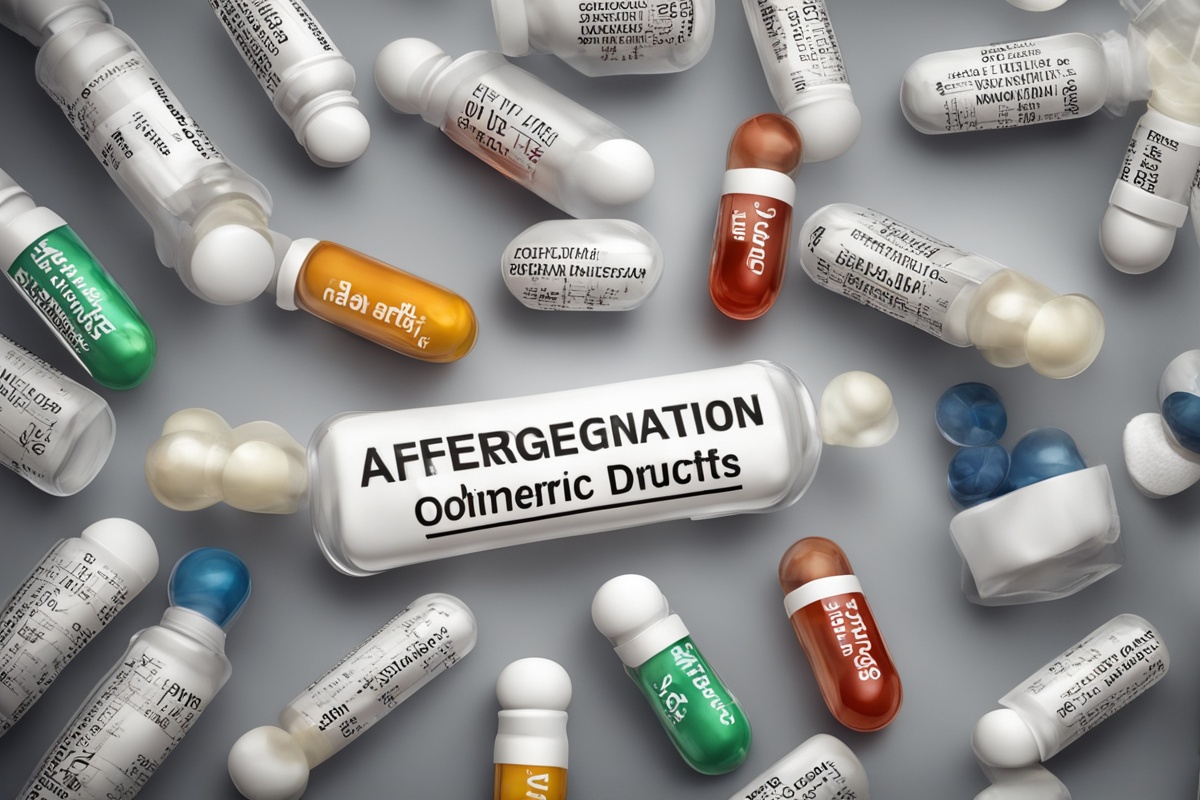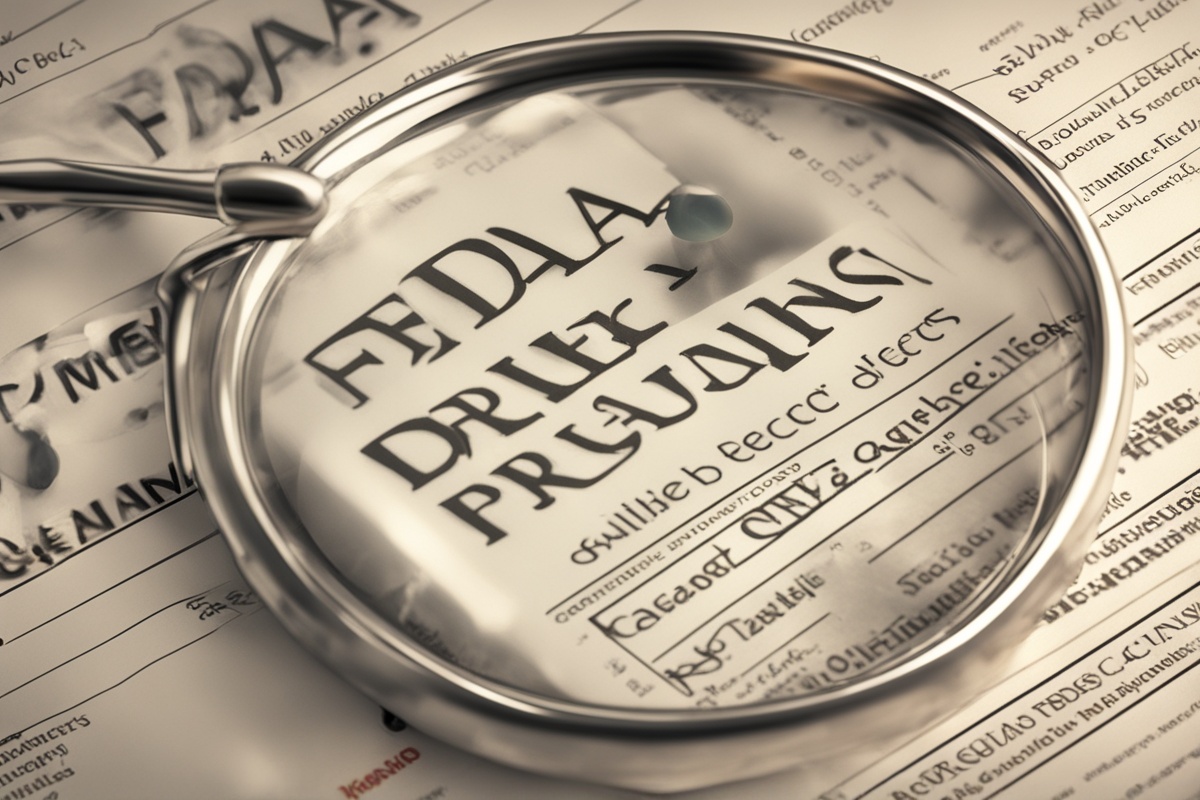Navigating the complex world of FDA regulations can feel like walking through a maze blindfolded. If you’re in the pharmaceutical industry—or even just a curious consumer trying to understand the fine print on a pill bottle—you’ve likely encountered the term “FDA regulations on drug labeling.” But what does it really mean, and why should you care? These rules aren’t just bureaucratic red tape; they’re the backbone of patient safety, ensuring that every medication you take comes with clear, accurate, and life-saving information. In this deep dive, I’ll unpack the intricacies of FDA regulations on drug labeling, share real-world examples, and offer actionable insights to help you understand (and comply with) these critical guidelines. Whether you’re a manufacturer, a healthcare provider, or a patient, there’s something here for you. Let’s break it down.
What Are FDA Regulations on Drug Labeling?
At its core, FDA regulations on drug labeling refer to the strict guidelines set by the U.S. Food and Drug Administration (FDA) that govern how prescription and over-the-counter (OTC) drugs are labeled. These rules dictate what information must appear on a drug’s packaging, inserts, and even digital resources. Think of it as the FDA’s way of saying, “Hey, let’s make sure everyone knows exactly what they’re taking.” This includes the drug’s active ingredients, dosage instructions, potential side effects, warnings, and more. The goal? To protect consumers from misinformation and ensure healthcare providers have the data they need to make informed decisions.
Imagine you’re picking up a prescription for a loved one. You glance at the label and see a warning about not mixing the medication with alcohol. That little snippet of information—mandated by FDA regulations—could prevent a dangerous interaction. It’s not just about compliance; it’s about real-world impact. The FDA’s authority here stems from laws like the Federal Food, Drug, and Cosmetic Act, and their labeling requirements are constantly evolving to address new safety concerns or technological advancements.
Key Components of FDA Drug Labeling Requirements
Diving deeper, let’s talk about the specific elements the FDA mandates on drug labels. It’s not a free-for-all where companies can slap on whatever they please. Every label must include critical sections like the “Drug Facts” box for OTC drugs or the “Prescribing Information” for prescription meds. These sections cover everything from indications (what the drug treats) to contraindications (when you shouldn’t take it). There are also strict rules on font size and readability—because what good is a warning if you need a magnifying glass to read it?
One lesser-known but fascinating requirement is the inclusion of “black box warnings” for drugs with serious risks. These are the FDA’s way of shouting, “Pay attention!” For example, certain antidepressants carry black box warnings about the risk of suicidal thoughts in young adults. I remember a colleague in pharmacy once telling me how a patient came in, visibly shaken, after reading such a warning. It sparked a crucial conversation with their doctor, likely saving them from a bad outcome. These labels aren’t just paper; they’re tools for dialogue and safety.
Why Do FDA Regulations on Drug Labeling Matter?
Why all the fuss over a few words on a bottle? Well, the stakes couldn’t be higher. Mislabeling or unclear instructions can lead to medication errors, adverse reactions, or even lawsuits. According to a study by the Institute of Medicine, medication errors harm at least 1.5 million people annually in the U.S. alone. FDA regulations on drug labeling aim to minimize these risks by standardizing information and holding manufacturers accountable.
Consider a hypothetical scenario: You’re a busy parent, and your child has a fever. You grab an OTC fever reducer, but the dosage instructions are vague or buried in fine print. A simple mistake could lead to an overdose. FDA rules ensure that dosing for children is clearly spelled out, often with visual aids like charts. On the flip side, these regulations also protect companies by providing a clear framework—if they follow the rules, they’re less likely to face legal backlash for “failure to warn.” It’s a win-win, though the process can feel daunting for smaller manufacturers trying to keep up.
Challenges in Complying with FDA Labeling Rules
Let’s be real: complying with FDA regulations on drug labeling isn’t a walk in the park. For pharmaceutical companies, especially startups, the process can be time-consuming and expensive. Every change to a label—say, adding a new side effect based on post-market data—requires FDA approval, which means submitting detailed documentation and waiting for feedback. I’ve spoken with industry insiders who’ve described this as “jumping through hoops,” but they also admit it’s necessary to maintain trust.
Another challenge is balancing clarity with comprehensiveness. How do you fit a novel’s worth of safety info into a tiny label without overwhelming the consumer? The FDA has tried to address this with initiatives like the “Patient Package Insert,” a simplified summary for laypeople. Still, it’s a tightrope walk. And don’t get me started on multilingual labeling—ensuring accessibility for non-English speakers is a growing concern, though not yet fully standardized. If you’re in the industry, staying ahead of these trends is key. Regularly check FDA guidance documents or attend webinars to keep your finger on the pulse.
How FDA Regulations Evolve with Technology
Here’s where things get exciting (or nerve-wracking, depending on your perspective). FDA regulations on drug labeling aren’t set in stone; they adapt to new technologies and societal needs. Take electronic labeling, for instance. With the rise of digital health apps and QR codes on packaging, the FDA is exploring ways to deliver labeling info online. Imagine scanning a code on your meds and pulling up a video tutorial on proper use—pretty cool, right? But it also raises questions about accessibility and cybersecurity. Not everyone has a smartphone, and digital data must be protected from tampering.
A real-world example of this evolution is the FDA’s 2016 rule on updating the “Nutrition Facts” style labeling for OTC drugs, making it more user-friendly with bolded warnings and clearer icons. I remember testing this format during a focus group years ago; patients loved how intuitive it felt compared to the old, text-heavy designs. The takeaway? The FDA is listening to feedback, but they’re cautious—change doesn’t happen overnight. If you’re a stakeholder, consider submitting public comments during rule-making periods to help shape these policies.
Practical Tips for Staying Compliant or Informed
Whether you’re a manufacturer or just a concerned citizen, staying on top of FDA regulations on drug labeling doesn’t have to be a headache. For companies, start by appointing a regulatory affairs specialist who can liaise with the FDA and keep track of updates. Use tools like the FDA’s Electronic Submissions Gateway for smoother communication. And don’t skimp on training—ensure your team understands labeling laws inside out. I once worked with a small pharma company that avoided a costly recall by catching a labeling error during a routine internal audit. An ounce of prevention, as they say, is worth a pound of cure.
For consumers, take a moment to actually read the label. I know, it’s tempting to toss the insert aside, but those warnings and dosage instructions are there for a reason. If something’s unclear, ask your pharmacist or doctor—don’t play guessing games with your health. You can also visit the FDA’s website for consumer-friendly resources or report labeling issues through their MedWatch program. Knowledge is power, and a little curiosity can go a long way.
References
- FDA Drug Safety and Availability – U.S. Food and Drug Administration
- FDA Guidance Documents – U.S. Food and Drug Administration
- Institute of Medicine Report on Medication Errors – National Center for Biotechnology Information
- FDA Drug Labeling Resources – U.S. Food and Drug Administration
- FDA Consumer Updates – U.S. Food and Drug Administration
Disclaimer: This article is for informational purposes only and is based on general research and experience in the field of FDA regulations. It is not intended to serve as a substitute for professional advice. The information provided here may not apply to every individual or situation, and regulations can change over time. Always consult a qualified professional, such as a regulatory expert, healthcare provider, or legal advisor, for personalized guidance on drug labeling compliance or medication use. The author and publisher are not liable for any decisions made based on this content. Your health and safety are paramount, so when in doubt, seek expert input tailored to your specific needs.
This content is for informational purposes only and not a substitute for professional advice.



